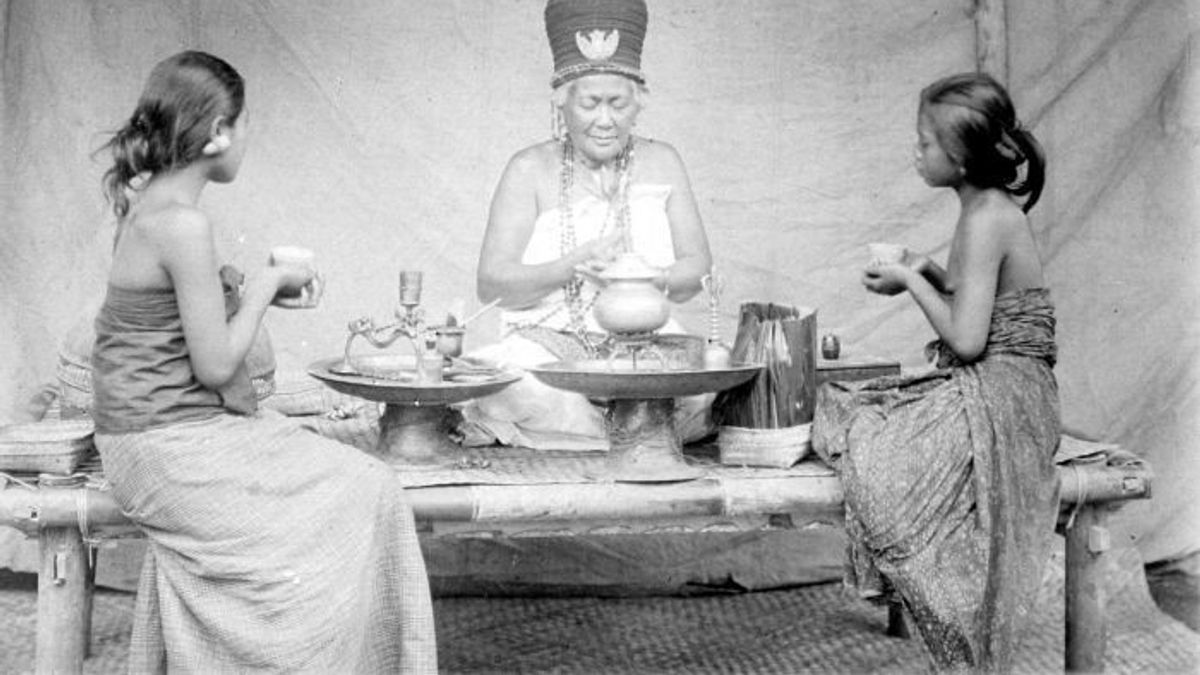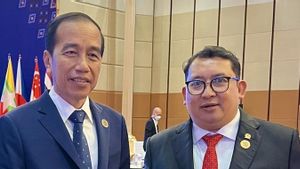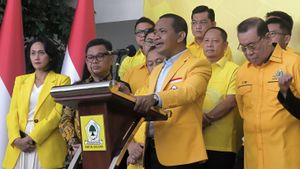JAKARTA - The Dutch colonization did not only talk about the problems of racism and injustice. Many other dynamics of the Dutch power over the land of the archipelago. Cultural acculturation, one of which is a way to approach the natives. The natives are inspired by the Dutch. Vice versa. One of them is to believe in the practice of shamans.
Much of the culture of the bumiputras was adapted without shame. They like to eat rice, take naps, bolster pillows, and wear Bumiputra-style clothes. Believe in shamans and supernatural things moreover. People call it the Indies lifestyle.
The plans of the Dutch colonizers made the moral colony country a mess. The decision of the shareholders of the Dutch trading airline VOC, Heeren Zeventien is behind it. They don't want to care about life in the colony.
The only thing they think about is profit. Heeren Zeventien also sent Dutch, poor, and Protestant classes to work for the VOC. They are dominated by men. Women are sometimes not included in it. Therefore, Batavia (now: Jakarta) lacked Dutch women.
The shortage of Dutch women had a big impact. Dutch sexual desires need to be channeled. Concubinage is the most preferred option. Even though the VOC was strictly prohibited. Immoral practices in the sphere of relations outside of marriage between Dutch masters and slave women also proliferated. They live together. The only difference is that there is no marital status between them.

Then, many Indo-Dutch children were born. Many of the children adopted two cultures, the culture of the father and mother. Acculturation took place. The Dutch are not ashamed to apply the culture of their concubines. It's the other way around.
“In the 'tempo doeloe' period, it is said that the Dutch were not ashamed to adapt to their surroundings and to follow the customs and habits of the Bumiputra people. They like to listen to gamelan, believe in shamans and magic, love to get massages when they are tired.”
“Men wear long pants with batik motifs and Chinese cut shirts (taqwa clothes). while the women are wearing kebaya. These are some manifestations of the influence of the Indigenous climate and environment on the lives of Europeans. The upper layers, consisting of high-ranking officials and wealthy merchants, did not escape the Indische lifestyle,” said Fadly Rahman in the book Rijsttafel: Culinary Culture in Colonial Indonesia 1870-1942 (2016).
Indian CultureGradually acculturation of culture is not a taboo. In Dutch households, it is commonplace to adopt the behavior of the natives. They call it Indis culture.
Adoption involves everything. These include buildings, furniture, food, language, music, and bolsters. Simultaneously, the Dutch people's belief in the occult and shamans increased. This belief did not only appear in the VOC era, but also in the era of the Dutch East Indies colonial government.
The existence of the role of the shaman for the Bumiputra is so great. It can be transformed into anything. Sometimes a savior. Sometimes also as an intermediary for success. The practice was also followed by the Dutch. It was widely heard that the natives hated the Dutch, it was said that they darkened their eyes by sending witchcraft to the colonizers.
Many Dutch people feel powerless against supernatural forces. Therefore, they also fight against supernatural powers by borrowing the power of shamans. There is also the power of shamans used to find dangerous groups. Ask for offspring, moreover.

They also perform the requested rituals like the bumiputras. No differentiator. In fact, some of them believe in a sacred object has great power. Worshiping Si Jagur's cannon, for example. The stories of Dutch people believing in shamans were not forgotten by travelers and writers who came to Batavia.
“The writers tell about beliefs about supernatural things, about jinn-demons, sorcery, teluh, drugs that can cause falling in love and so on. These rights are believed to be true by some people who support Indis culture.”
“About Mrs Krom, who is good at making sour syrup in Pasuruan and Mrs. Klopperburg, who is an expert in blending Javanese herbal medicine, they were very famous long before the Djago stamped herbal and Nyonya Meneer's herbal medicine factories grew and became famous. In fact, Mrs. Catenius van der Meyden wrote books for ladies who came from the Netherlands or Indo ladies who live in remote corners of Java," said Djoko Soekiman in the book Indies Culture: From the Age of the Company to the Revolution (2014).
The English, Chinese, Japanese, Arabic, and French versions are automatically generated by the AI. So there may still be inaccuracies in translating, please always see Indonesian as our main language. (system supported by DigitalSiber.id)









